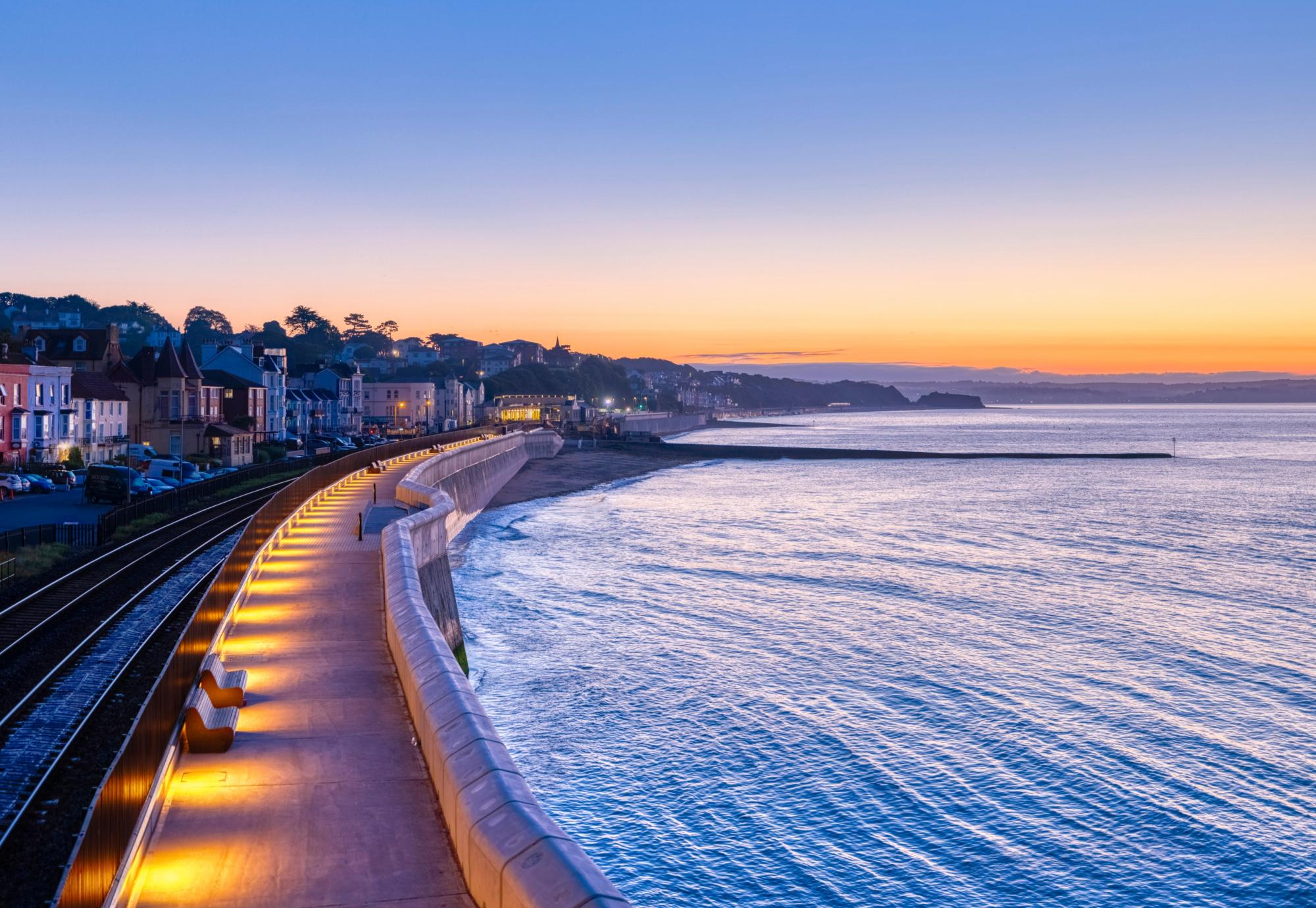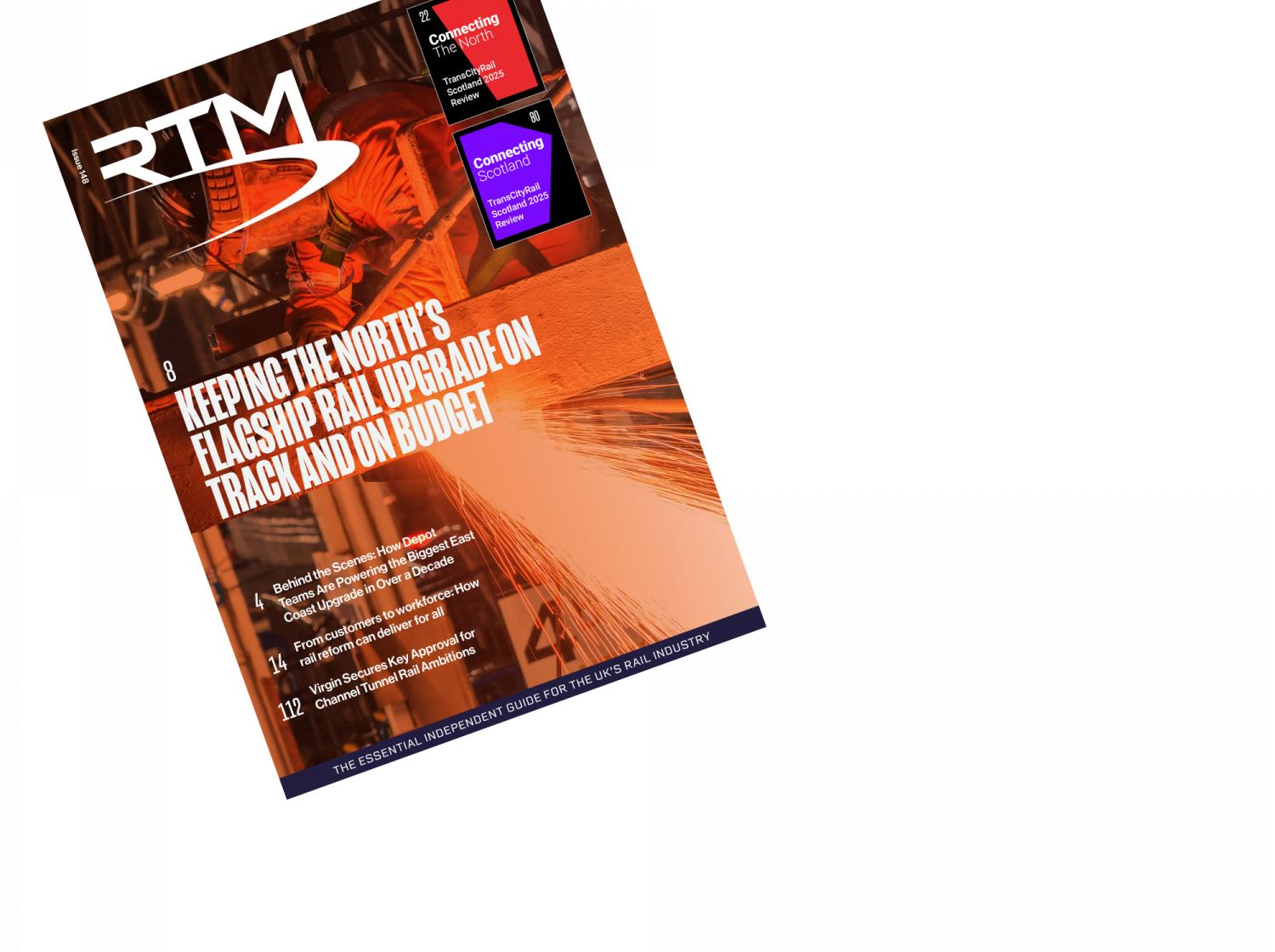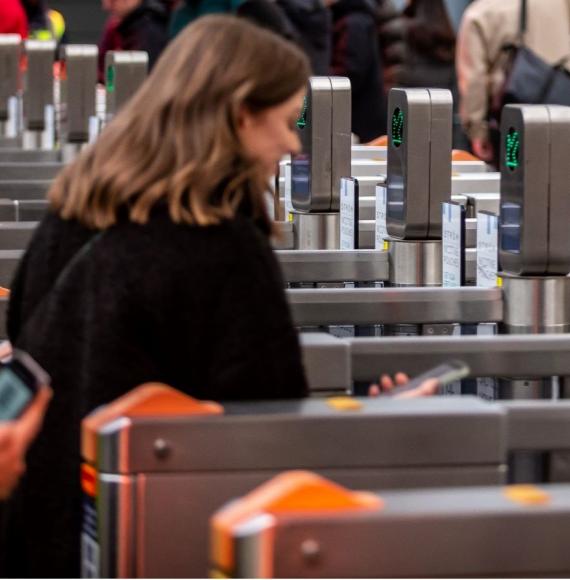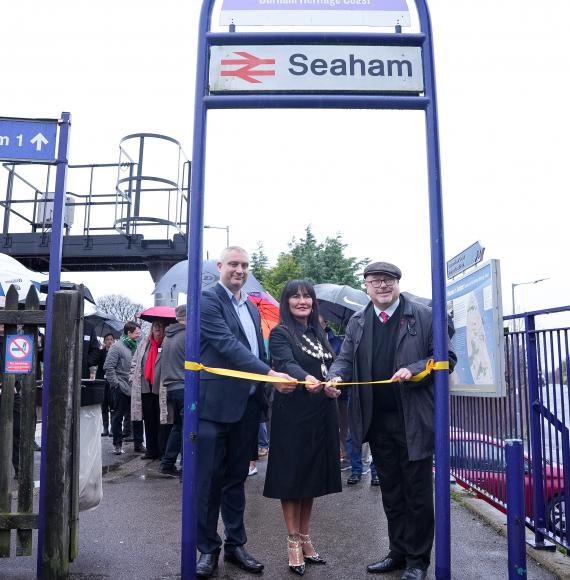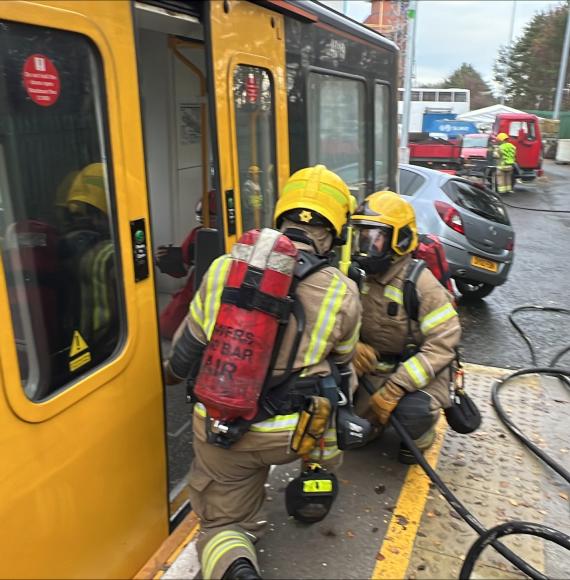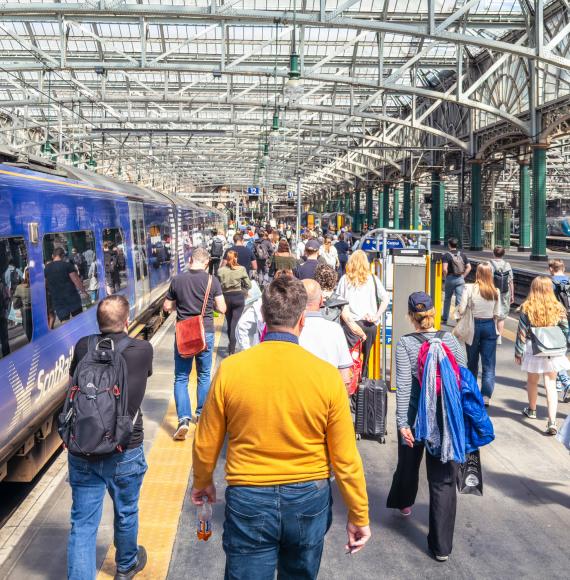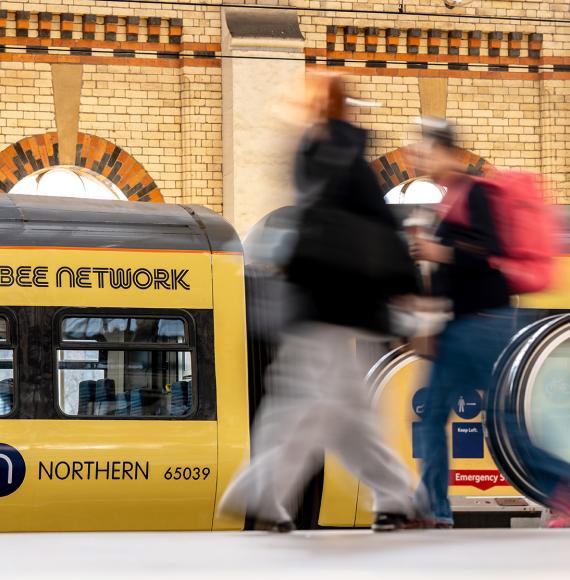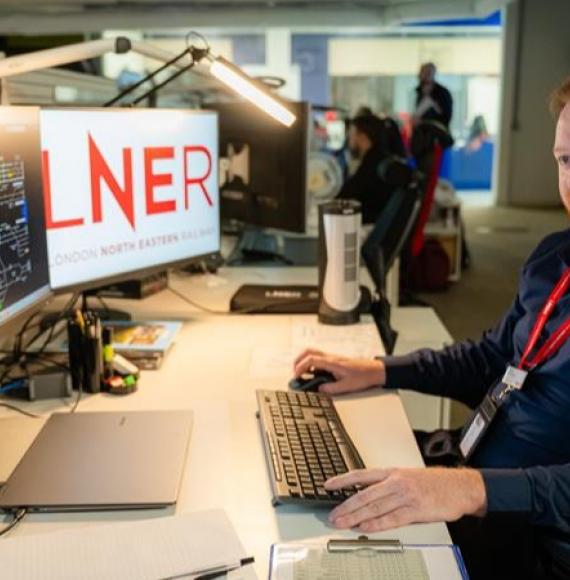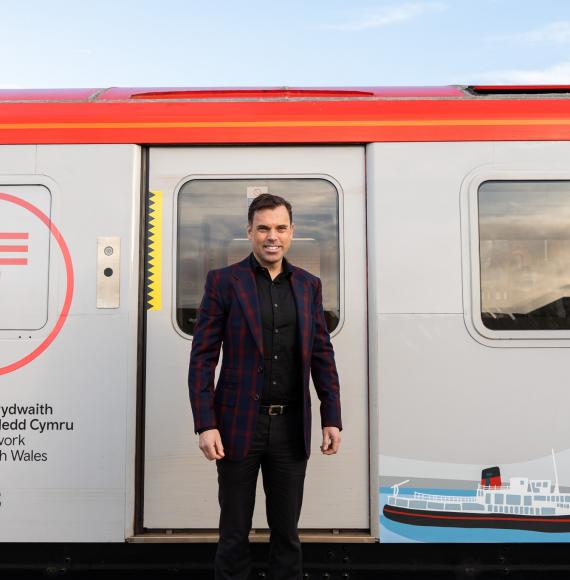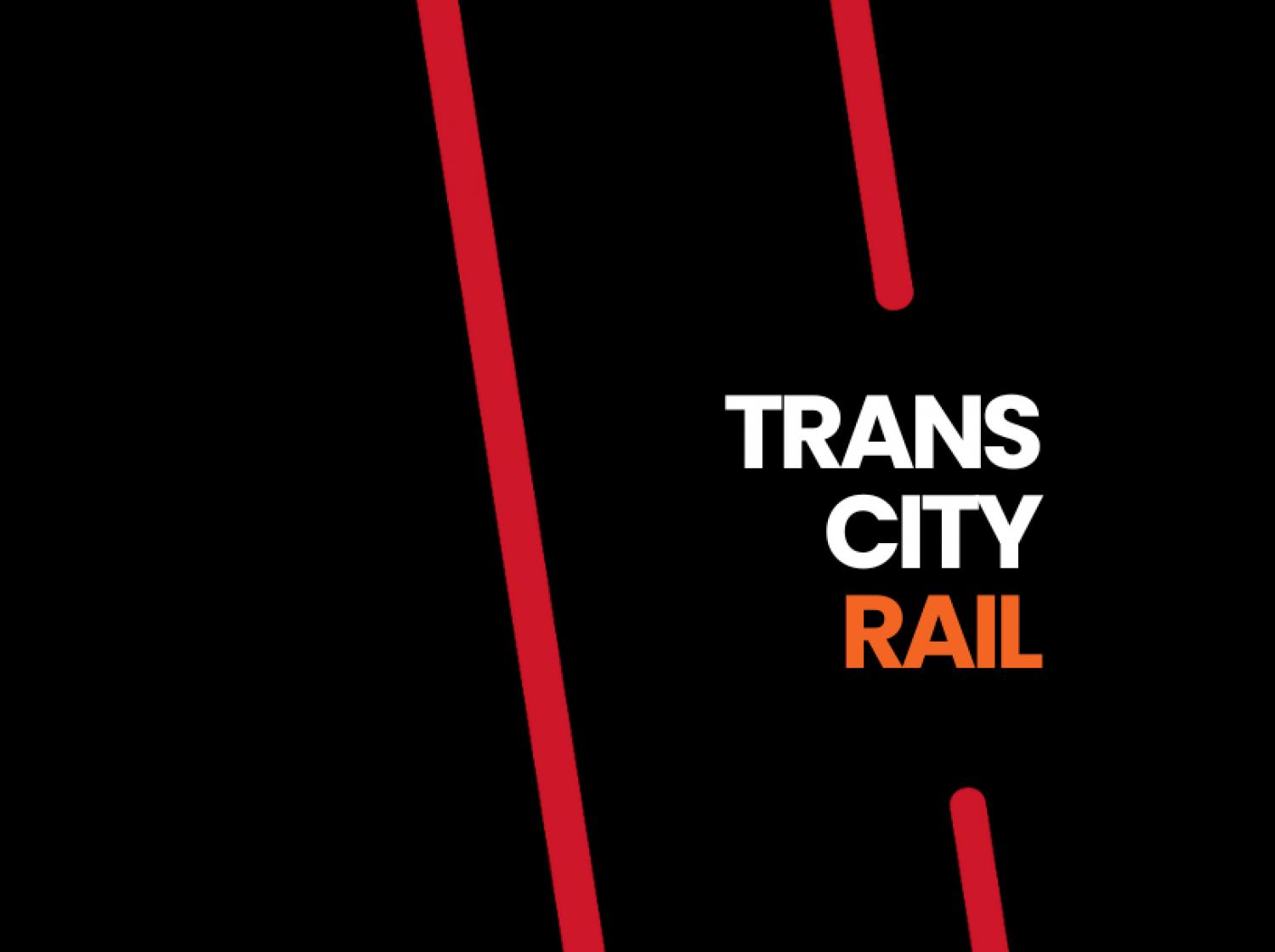The devastation of the Dawlish Sea wall back in 2014 has presented huge challenges for the construction teams and engineers trying to rebuild the wall to protect the railway on the South Devon coastline.
Construction originally started on the new sea wall in 2019, however building so close to the sea has posed a myriad of issues.
Phil Morton, Project Manager at Network Rail and Yan Sayles, Project Manager at BAM Nuttall, worked on the Dawlish project.
Speaking exclusively with RTM both Mr Morton and Mr Sayles commented on the difficulties that the project provided and how both BAM Nuttall and Network Rail worked to overcome these challenges.
Describing the challenges Mr Sayles explained: “I think that the primary challenge on the site is the location, basically you've got the sea on one side, and you've got the railway on the other which means there's no real access.
“So we've had to mobilise all the big pieces of kit using a landing craft.
“If you imagine D Day the boat comes up, the ramp comes down, and then an excavator trundles off, then all the big pieces of materials we've built the design around a single access point, which is a limited clearance bridge.
“That’s been the primary challenge.
“The second one is obviously working around the sea and the tides, because we can only do the bulk of the work at low tide, and that low tide window varies from about three hours to four hours of time.”
Working around the tides proved to be a huge challenge in the building of the sea wall with Mr Morton adding how the tides can negate the progress made in construction.
Mr Morton described: “We have to make sure that the work that we do it's not destroyed by the incoming tide.
“We must make sure that our design is done in a way that it doesn't get destroyed by that first tide that comes in and the concrete doesn't get washed out, so certain additives get added.
“So everyone's basically waiting for the tide to start going out and then we start going out as soon as we can, and we're actually using tracking machines through shallow water to try and get the maximum time on site.”
Phase two of the construction of the sea wall at Dawlish began in November 2020.
Learning from the techniques and difficulties faced in the first phase of construction the teams at Network Rail and BAM Nuttall employed new innovative techniques to complete the second phase.
Explaining the technology used to help the second phase of construction Mr Morton stated: “We tried to get around [any challenges] a little bit by using the Wavewalker. This is basically a big working platform which has eight legs and can move around itself.
“So if we were going to be installing those CHS piles in the same operation of getting planted onto the beach, we'd be there years later trying to install them.
“But because we've got this Wavewalker, we could work at any tide and for all intents and purposes, we could continue 24 hours a day in high tide and low tide to get these panels installed.
“The innovation that BAM Nuttall brought to the project in terms of engaging with the supply chain, to get that Wavewalker onto site was essential.”
Following on from the innovative work that has been taking place at Dawlish, Network Rail is looking to use many of the lessons learned from the work in Dawlish and apply this knowledge to inform its upcoming projects in the pipeline, however, the upcoming projects will also require a different area of expertise.
Mr Morton explained what’s next for Network Rail in the South West saying: “The future projects in the South West rail resilience programme are a little bit different.
“These two projects we've just delivered and are delivering at the moment, phase one and phase two [of the Dawlish sea wall] are coastal resilience projects.
“So that knowledge that has been brought in for that specific area is key to that delivery of that type of work.
“We've got geotechnical resilience projects coming up as well, which are slightly different. So you can't take the same necessarily same experience into that.
“So, we will be going out to the supply chain to tender these works as well, because there are obviously other contractors as well that we can collaborate with.
“But it's worked out really well between phase one and phase two, keeping BAM Nuttall on board between those two, because of the knowledge that is built specific to that site, and the knowledge they bring in from other works as well has been brilliant.”
Overall, it is clear to see how innovation in building techniques has helped make the construction project at Dawlish a success and these successes will be used to help inform future projects.

